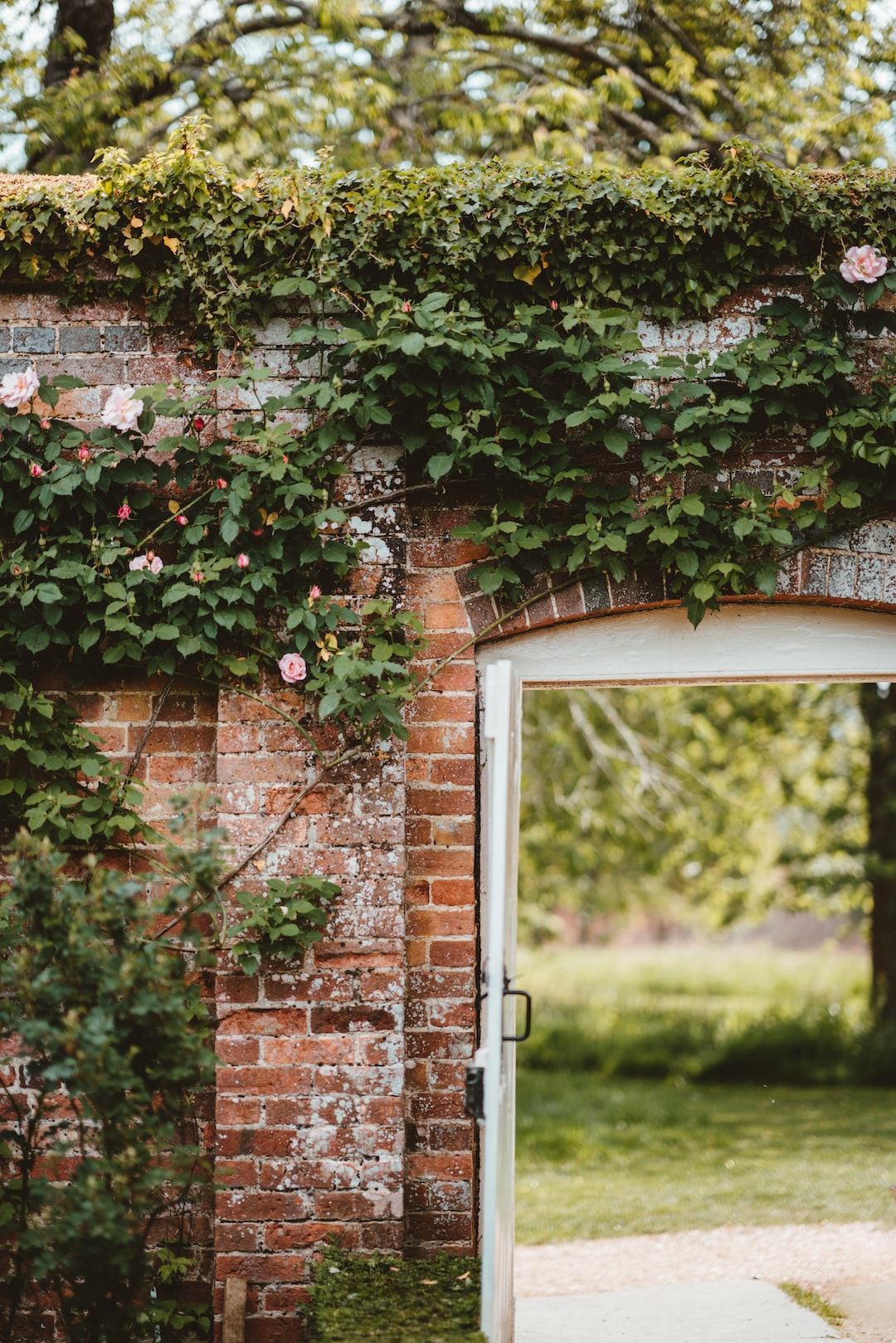Growing and Caring for Orchids at Home
Orchids are known for their exquisite beauty and delicate nature. With their vibrant colors and elegant blooms, it’s no wonder why they captivate the hearts of many. If you’ve always wanted to try your hand at growing orchids at home, you’re in for a rewarding and fulfilling experience. However, it’s important to note that they require some special care and attention. In this blog post, we will guide you through the basics of growing and caring for orchids, ensuring that you can enjoy their splendor for years to come.
Choosing the Right Orchid:
Before you start growing orchids, it’s crucial to select the right variety for your home environment. While orchids can be grown in various conditions, some species have specific requirements. Phalaenopsis (moth orchids) are particularly popular among beginners due to their adaptability and ease of care. They thrive in low to medium light and prefer temperatures between 60-80°F (15-27°C). Other common orchid varieties include Cattleya, Dendrobium, and Oncidium, each with their distinctive needs.
Providing Adequate Light:
Orchids need proper light exposure to bloom successfully. While natural light is ideal, it’s essential to strike a balance to prevent scorching. East or west-facing windowsills are ideal for most orchids as they receive bright, indirect light in the morning or afternoon. If natural light is insufficient, you can also supplement it with fluorescent lights or LED grow lights. The duration of light exposure varies with different species, but a general guideline is around 12-14 hours per day.
Maintaining the Right Temperature and Humidity:
Orchids are native to tropical and subtropical areas, so replicating their preferred temperature and humidity levels is vital. Most orchids require a temperature range of 60-80°F (15-27°C) during the day and a slightly cooler range at night. Avoid exposing orchids to drafts or sudden temperature changes, as it can lead to stress and bud drop. To increase humidity, mist your orchids regularly or place them on trays filled with water and pebbles. You can also invest in a humidifier or use a humidity tray to maintain the ideal moisture levels.
Watering and Potting Mix:
One of the most common mistakes in orchid care is overwatering. Orchids have unique water requirements, with most needing their roots to dry out between waterings. Water your orchids thoroughly, allowing water to flow through the potting mix and drain out completely. The frequency of watering depends on several factors such as humidity, temperature, and potting mix. As a general rule, water your orchids when the potting mix feels slightly dry to the touch. Over time, you will develop a sense of how often your orchids need watering.
Potting orchids can also be a crucial aspect of their care. Most orchids prefer to grow in a well-draining medium that allows air circulation around the roots. Orchid-specific potting mixes, such as those containing bark chips, sphagnum moss, or perlite, are commonly used. Repot your orchids every 1-2 years to ensure they have enough space to grow and remove any decaying or dead roots during this process.
Feeding and Fertilizing:
To sustain healthy growth and vibrant blooms, orchids require regular feeding. When it comes to fertilizing, using a balanced orchid fertilizer is recommended. However, it’s important not to over-fertilize, as this can harm the plant. During active growth periods, fertilize your orchids every two weeks, and reduce to once a month during dormant periods. Always follow the instructions on the fertilizer package and dilute it more than the recommended strength to avoid root burn.
Pest and Disease Control:
Despite their strength, orchids are still susceptible to pest infestations and diseases. Common pests include aphids, mealybugs, spider mites, and scale insects. Regularly inspect your orchids for signs of pests and diseases, such as yellowing leaves or sticky residue. If an infestation occurs, treat it immediately with a suitable insecticide or horticultural oil. Good airflow and maintaining proper hygiene around your orchids can help prevent these issues.
Orchids are not only plants, but they are also a beautiful art form that will brighten up any home. With their unique care requirements, they may seem intimidating at first, but with practice and patience, you can successfully grow and maintain these stunning plants. Take the time to understand their needs, provide them with the right environment, and watch them flourish into a breathtaking display of nature’s wonders. Happy orchid growing!
